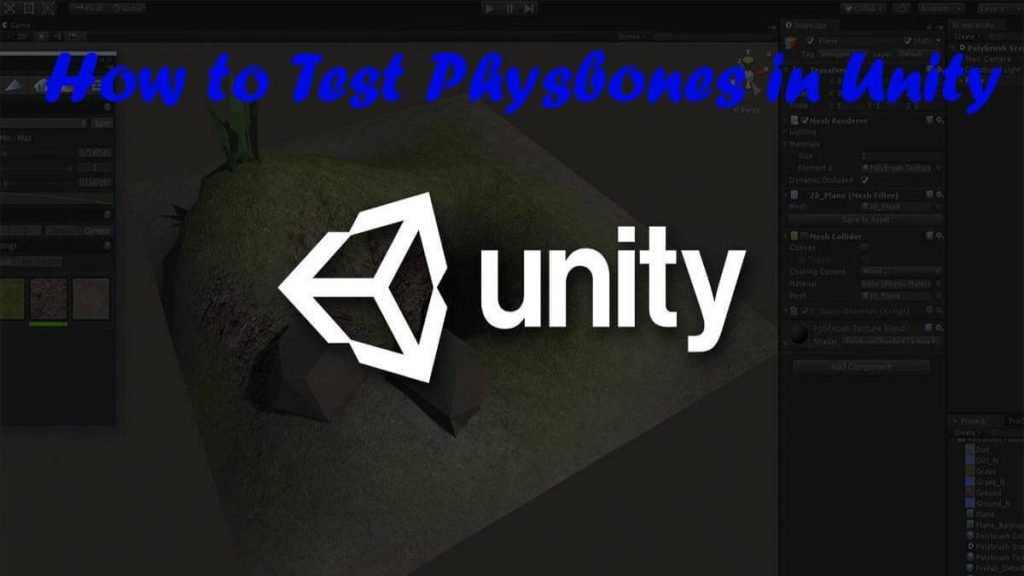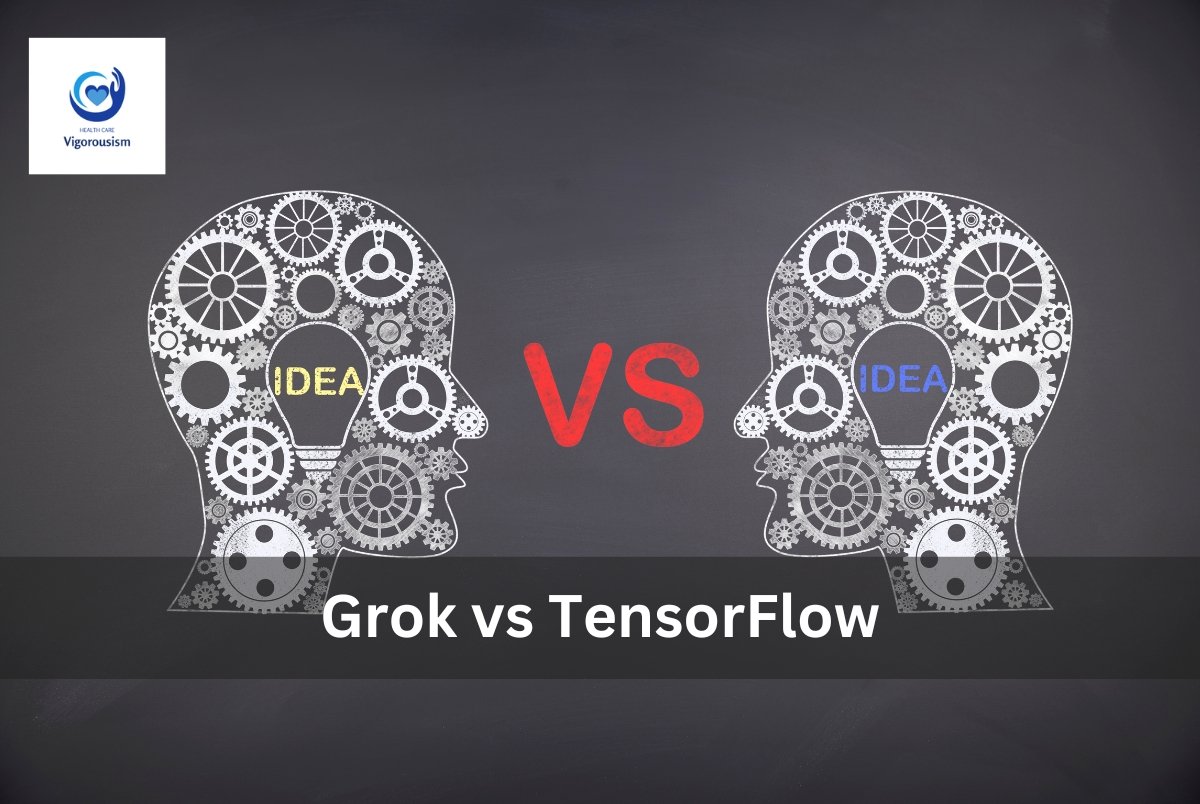How to Test Physbones in Unity! Unity is a powerful game development engine that allows developers to create immersive and interactive experiences. One essential aspect of game development is physics simulation, which brings lifelike movement and interactions to the virtual world. In Unity, physics simulation can be achieved using various tools and components, including PhysX and Rigidbody. In this article, we will explore how to test physbones in Unity and ensure that your game’s physics behave as intended.
Introduction
Physics simulation is crucial for creating realistic interactions in games. It allows objects to respond to forces such as gravity, collisions, and constraints. Unity provides a physics engine called PhysX, which is widely used in the gaming industry. Physbones, also known as Rigidbody or physics components, are integral to achieving physics-based movement and behavior in Unity games. Testing these physbones ensures that the physics interactions in your game are accurate and reliable.
Understanding Physbones
Physbones, short for physics-based bones, are components that define the physical properties and behavior of game objects in Unity. By adding a physbone component, you enable the object to be affected by gravity, collisions, and forces. Physbones are commonly used for characters, objects, vehicles, and environmental elements. They provide a realistic simulation of movement and allow for dynamic and interactive gameplay experiences.
Setting Up the Scene
Before we dive into testing physbones, it’s essential to set up the scene properly. Create a new Unity project or open an existing one. Ensure that you have the necessary assets, including models and textures, to build your game scene. Set up the camera and lighting as per your game’s requirements. Once you have the basic scene structure in place, you can proceed to add physbones to the relevant game objects.
Adding Physbones to Game Objects
To add physbones to game objects in Unity, follow these steps:
- Select the game object you want to add a physbone to in the Unity Editor’s Hierarchy window.
- In the Inspector window, click on the “Add Component” button.
- Search for “Rigidbody” or “Physbone” and select the appropriate component.
- Adjust the physbone parameters based on your game’s requirements, such as mass, drag, and gravity scale.
By adding a physbone component to a game object, you give it physical properties and enable it to interact with other objects in the scene.
Adjusting Physbone Parameters
Fine-tuning the physbone parameters is essential to achieve the desired physics behavior in your game. Here are some essential parameters you can adjust:
- Mass: Determines the object’s weight and affects how it responds to forces and collisions.
- Drag: Influences the object’s resistance to motion through air or fluids.
- Angular Drag: Controls the object’s resistance to rotation.
- Gravity Scale: Adjusts the effect of gravity on the object.
- Constraints: Defines limitations on the object’s movement, such as freezing rotation or constraining along specific axes.
Experiment with different parameter values to achieve the desired physics behavior for your game objects.
Testing Physbones in Play Mode
To test the physbones in your Unity game, follow these steps:
- Enter the Play Mode in the Unity Editor by clicking the Play button.
- Interact with the game objects that have physbones attached and observe their physics behavior.
- Test different scenarios, such as collisions, forces, and constraints, to ensure the physbones are functioning as intended.
By testing the physbones in the Play Mode, you can validate their behavior and make necessary adjustments for a more realistic and enjoyable gameplay experience.
Debugging Physbone Interactions
During the testing phase, you might encounter unexpected physics behavior or issues with physbone interactions. Unity provides several debugging tools to help diagnose and resolve these problems. Here are a few useful techniques:
- Enable Gizmos: Unity offers built-in gizmos to visualize physics properties, such as colliders and constraints. Enable them to gain insights into the physbone interactions.
- Debug.Log: Use debug logs to output relevant information about the physbone interactions, such as collision events or forces applied.
- Unity Profiler: The Unity Profiler allows you to analyze performance and detect any bottlenecks related to physics simulation.
By utilizing these debugging techniques, you can identify and address any issues with your physbones and ensure smooth and accurate physics interactions.
Optimizing Physbone Performance
Efficient physics simulation is crucial for maintaining a smooth gameplay experience. Consider the following tips to optimize the performance of your physbones:
- Use Simple Colliders: Complex colliders, such as meshes with high polygon counts, can impact performance. Whenever possible, use simpler colliders like primitives (e.g., spheres or boxes) for better performance.
- Adjust Physics Layers: Unity allows you to define layers and specify the interactions between them. Fine-tuning these layer settings can help optimize the physics calculations and reduce unnecessary computations.
- Use FixedUpdate: When working with physics calculations, use the FixedUpdate function instead of Update. FixedUpdate ensures consistent physics updates, even when the frame rate fluctuates.
By optimizing the performance of your physbones, you can create physics-based games that run smoothly and provide an immersive experience for players.
Conclusion
Testing physbones is a crucial step in ensuring accurate and realistic physics interactions in Unity games. By following the steps outlined in this article, you can add physbones to game objects, adjust their parameters, and test their behavior. Additionally, debugging and optimizing physbones contribute to a smoother gameplay experience. Remember to experiment and iterate to achieve the desired physics behavior in your game. With proper testing and optimization, your Unity game can provide engaging and immersive physics-based gameplay.

FAQs About How to Test Physbones in Unity
Can I use physbones for non-character objects in Unity?
Yes, physbones can be used for various types of game objects, including characters, vehicles, and environmental elements.
How can I make an object unaffected by physics in Unity?
To make an object unaffected by physics, remove the physbone component or set its constraints to freeze all movement.
Can I adjust the physics behavior during runtime?
Yes, you can modify the physbone parameters dynamically during runtime to achieve different physics behaviors.
Are physbones computationally expensive?
Physbones can impact performance, especially if used extensively. Optimize their usage and consider performance tips mentioned in this article.
Can I create custom physics behaviors using physbones in Unity?
Yes, you can script custom physics behaviors by utilizing the physbone component’s properties and events in Unity’s scripting environment.
In this article, we explored how to test physbones in Unity to ensure accurate and realistic physics interactions in your game. By following the outlined steps, you can add physbones to game objects, adjust their parameters, and validate their behavior during testing


